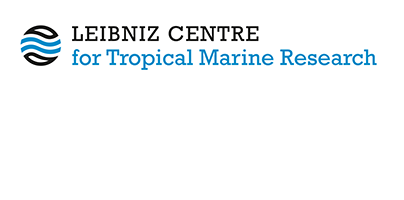Structure of a scallop argopecten purpuratus (Lamarck, 1819) dominated subtidal macro-invertebrate assemblage in northern Chile.
Wolff, Matthias  ORCID: https://orcid.org/0000-0001-7458-983X and Alarcon, Elias
(1993)
Structure of a scallop argopecten purpuratus (Lamarck, 1819) dominated subtidal macro-invertebrate assemblage in northern Chile.
Journal of shellfish research, 12
(2).
pp. 295-304.
ORCID: https://orcid.org/0000-0001-7458-983X and Alarcon, Elias
(1993)
Structure of a scallop argopecten purpuratus (Lamarck, 1819) dominated subtidal macro-invertebrate assemblage in northern Chile.
Journal of shellfish research, 12
(2).
pp. 295-304.
|
Text
Wolff.pdf - Published Version Download (3MB) |
Abstract
The structure and biomass of the subtidal, macro-invertebrate assemblage of Tongoy Bay was analyzed from 255 samples taken by divers during the winter and summer periods of 1990 and 1991. The main purpose of the study was to assess the relative importance (m numbers and biomass) of the scallops within the assemblage and to look for functional relationships between scallops and associated species. Of 52 taxa found, the scallop Argopecten purpuratus was the dominant species (30% of total biomass) followed by the crab Cancer polyodon. the sea stars Meyenaster gelatinosus and Luidia magellanicus and the predatory snails Xanthochorus sp. and Priene rude. As shown by a cluster analysis, these 6 species (which present 70% of the biomass) are closely associated, suggesting a functional unit with the scallop as prey and the others as predators. This is confirmed by literature reports on the feeding behavior of the above predators. As the species abundance data conformed to a straight line the log-series model was applied and the diversity index a was calculated based on the numbers of species ( = 7.5). For comparison with published data from Independence Bay (Peru), located about 2000 km to the north of the study area, the Shannon-Wiener diversity index H' ( = 3.6) and the index of species evenness J' (=0.64) were also calculated. Species richness (58). H' (4.4) and J' (0.76) were higher for the macro-invertebrate assemblage of the Peruvian Bay, while th dominant species and their rank order seemed similar, indicating important functional similarities between the two bays. The biomass found in Tongoy Bay (26.4 gm" - wet w, macrophytes excluded) is low when compared to reports from temperate zones and is also somewhat lower than that reported for the coast of Volta and Congo and West Africa. This low biomass in Tongoy Bay is explained by a heavy clandestine scallop fishery over the past years causing a two- to threefold decrease in scallop biomass and a concomitant biomass decrease of associated species. It is postulated that Argopecten purpuratus occupies a central role in the assemblage as a filter feeder that converts planktonic food into available prey biomass. And that is not fully replaceable by other species of the system. Scallops and associated species were found on gravel, sand and soft sand bottoms, but scallops, the sea star M. gelatinosus and the snail P rude were more frequent on gravel, and the crab C polyodon and the sea star L. magellanicus on soft sand grounds.
| Document Type: | Article |
|---|---|
| Programme Area: | PA Not Applicable |
| Research affiliation: | Integrated Modelling > Resource Management |
| Refereed: | Yes |
| Open Access Journal?: | Yes |
| ISSN: | 0730-8000 |
| Date Deposited: | 09 Oct 2025 13:01 |
| Last Modified: | 09 Oct 2025 13:01 |
| URI: | https://cris.leibniz-zmt.de/id/eprint/5763 |
Actions (login required)
 |
View Item |





 Tools
Tools Tools
Tools